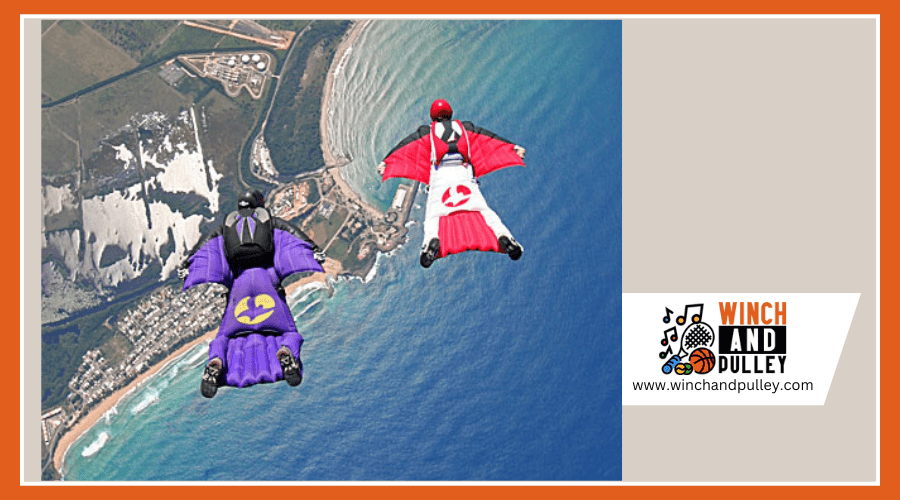History of Glider Planes
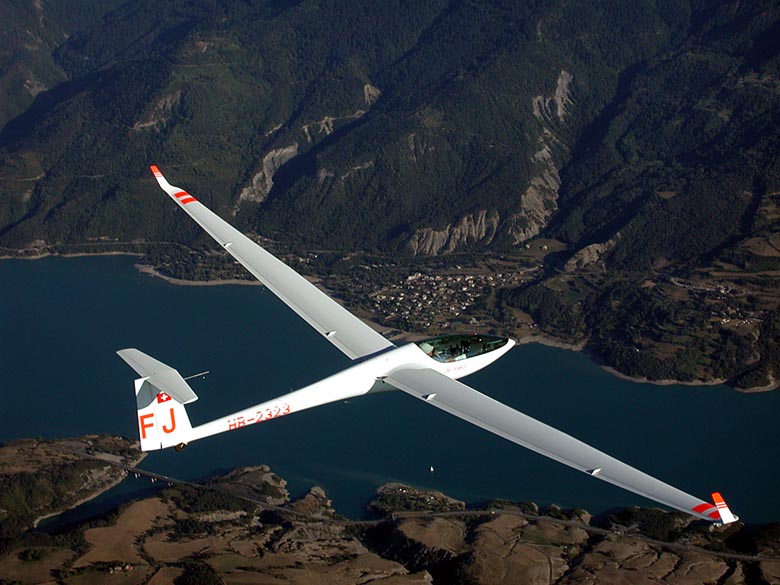
The dream of unpowered flight has captivated humanity for centuries, intertwining both myth and reality. This aspiration can be traced back to ancient Greece, where legends like that of Daedalus and Icarus depict early attempts to soar above the Earth. Daedalus, a legendary inventor, fashioned large wings from osier branches bound with wax, advising his son Icarus to avoid the sun’s heat to prevent the wax from melting. Icarus, filled with excitement, ignored his father's warnings and met a tragic end, highlighting the perilous nature of early flight endeavors.
Throughout history, the quest for flight has persisted, evolving from mythological tales to scientific exploration. Ancient civilizations, influenced by visionaries like Leonardo da Vinci, endeavored to conquer the skies. Da Vinci's designs for flying machines, although never realized in his lifetime, laid foundational ideas for future aviators. The aviation industry as known today owes much to these early attempts and the relentless pursuit of recreational and controlled flight, ultimately transforming unpowered flight from a fleeting dream into a reality.
Pioneers in the field of aviation shared a profound quest for understanding and mastering flight. Their early work laid the foundation for what would become a rapidly evolving discipline.
Diego Marín Aguilera’s Flight Experiment
In 1793, Diego Marín Aguilera, a humble Spaniard inspired by eagles, built a rudimentary yet ingenious flying machine. Constructed from wood, iron, cloth, and feathers, Marín’s glider showcased his creativity. On May 15, 1793, he took off from the highest point of the castle of Coruña del Conde. Although Marín managed to glide for about 300 to 400 meters and cross a river, his attempt ended in a crash. Local villagers, viewing his machine as heretical, destroyed it, leading to his disillusionment. Today, Diego is recognized as a pioneer in Spanish aviation.
George Cayley’s Contributions
George Cayley, an English engineer, made significant strides in aeronautical engineering. In 1804, he identified the critical forces of weight, lift, drag, and thrust, which are fundamental to modern aviation. His model glider, featuring a kite-shaped wing and adjustable tailplane, was a precursor to contemporary aircraft design. Cayley’s work on cambered wings and the center of gravity adjustment were groundbreaking.
Glider Planes During the 19th Century
The first heavier-than-air, or non-balloon man-carrying airplane that was based on scientific principles was made by Sir George Cayley in 1849, and these aircraft managed to achieve brief wing-borne hops. After that, other pioneers such as Percy Pilcher, Jean Marie Le Bris, Otto Lilienthal, John J. Montgomery, and Augustus Moor started developing their own air crafts. Otto Lilienthal was the first to launch repeated successful flights, and he was also the first to use rising air to prolong the aircraft’s flight. On the other hand, Daniel Maloney successfully demonstrated the first high-altitude controlled flight by using a balloon-launched glider, which was launched from 4,000 feet.
Otto Lilienthal’s Achievements and Fatal Endeavor
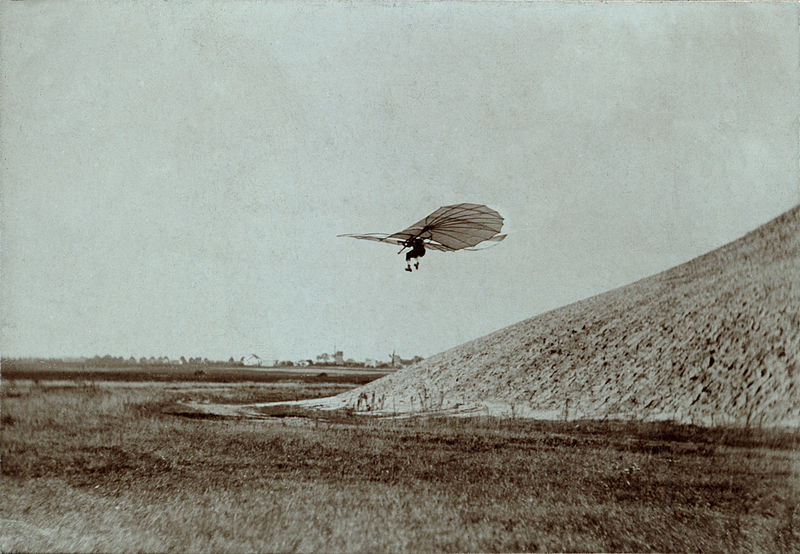
Otto Lilienthal, a German aviation pioneer, is known for his well-documented glider flights in the late 19th century. Using various models, Lilienthal completed around 2000 controlled flights, primarily launching from hills near Berlin. He controlled his gliders by shifting his body weight, similar to modern hang gliding techniques. Unfortunately, an accident in 1896 resulted in his death, yet his contributions greatly advanced the field.
Lawrence Hargrave and His Innovations
Lawrence Hargrave, an Australian inventor, focused on the mechanics of bird flight and conducted his experiments at Stanwell Park. Hargrave is remembered for his generosity in sharing discoveries without seeking patents, thereby accelerating collective progress in aviation. Notable contributions include his box kite, curved aerofoils, and work on rotary engines. In 1894, Hargrave successfully lifted himself off the ground using a series of box kites.
Octave Chanute’s Support and Insights
Octave Chanute, a French-American civil engineer, played a supportive role in the aviation community. Although he did not fly himself, he collaborated with experimenters like Augustus Herring and William Avery. Chanute’s design enhancements, including the “strut-wire” braced wing structure, were pivotal in future powered flight designs.
The Wright Brothers’ Methodical Approach
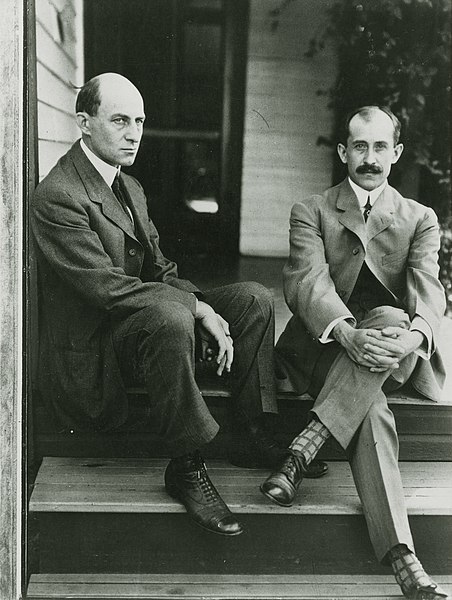
Between 1900 and 1902, the Wright Brothers conducted extensive research with unpowered gliders, culminating in their historic powered flight in 1903. Their gliders were crucial in refining their piloting skills and technological understanding. Unique in their approach, the Wright Brothers patented their innovations and proactively defended their intellectual property, which contrasted with the collaborative spirit of other pioneers.
George Taylor’s Landmark Flight in Australia
On December 5, 1909, George Taylor made a significant leap for Australian aviation. Inspired by Lawrence Hargrave, Taylor's biplane, constructed with coachwood and covered with oiled calico, achieved flight at Narrabeen Beach. His pioneering efforts placed Australia prominently on the aviation map.
The Innovation of the Glider Planes

During the inter-war years, recreational gliding became popular in Germany with the support of Rhön-Rossitten, a German gliding association. Meanwhile, in the United States, the Schweizer brothers of New York decided to manufacture sport sailplanes to meet the demands of flying enthusiasts. And throughout the 1930s, sailplanes continued to evolve, and sport gliding even became the primary use for gliders. The glider’s performance continued to improve over the years; in fact, gliders also used to fly cross-country if the weather is suitable.
In the interwar years, gliding gained popularity in Germany due to restrictions imposed by the Treaty of Versailles, which limited powered flight. The Wasserkuppe became a central hub for gliding competitions. A 1920 event marked a milestone with a world distance record of 2 kilometers. The sport evolved swiftly, attracting international participation.
During World War II, military gliders were developed by several countries for their landing troops. In fact, a glider called the Colditz Cock, was built secretly by POWs to be their potential escape method at Oflag IV-C towards the end of the war in 1944.
Flexible-Wing Hang Gliders

Foot-launched gliders have been around since the 1920s. However, its innovation, which eventually led to the modern hang gliders' creation, happened in 1951. This innovation was made by Gertrude Rogallo and Francis Rogallo when they applied for a patent for creating a fully flexible wing that has a stiffening structure. In 1957, the American space agency, NASA, started tying in several semi-rigid and flexible configurations of the Rogallo wing so that they can use it as a recovery system for their Gemini space capsules.
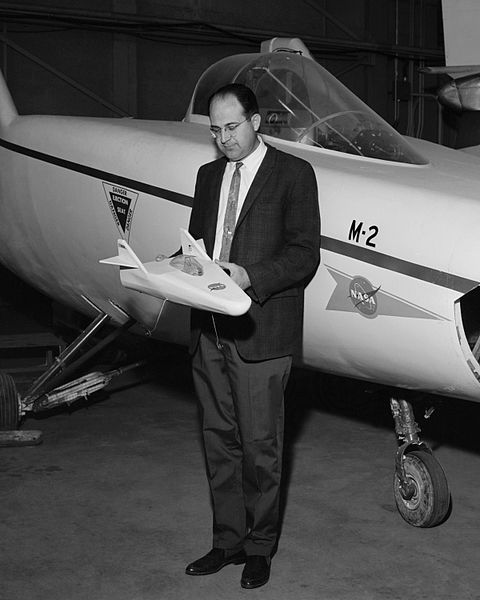
Paul Bikle and Charles Richards also developed their own flexible-wing glider concept by producing an easy-to-built and straightforward wing but capable of gentle landing and slow flight. Sometime between 1960 and 1962, a man named Barry Hill Palmer used Bikle and Richard’s concept to create foot-launched hang gliders. This idea was followed by Mike Burns, who made a kite-hang glider in 1963, a contraption he named as Skiplane. During that same year, John W. Dickenson started the commercial production of flexible-wing hang gliders.
Paragliders
In 1963 Domina Jalbert decided to file a patent US Patent 3131894 on an aerodynamic cell contraption called the Parafoil. It had sectioned cells and an aerofoil shape with an open leading edge and a closed trailing edge. The Parafoil is inflated using a passage through the air, which they called the ram-air design.
On the other hand, NASA decided to develop the Sail Wing further to be used as a recovery vehicle of NASA space capsules. After the tests were done using a ridge lift on Hunter Mountain, New York, in 1965, a man named David Barish started to promote what he called the slope soaring as a summer activity for ski resorts, but he failed miserably. During the early 1960s, NASA decided to originate the term “paraglider.” And by the early 1970s, the term ‘paragliding’ was first used to describe gliding parachutes' foot-launching. Even if the paragliders are mostly used in recreational activities, military personnel also used unmanned paragliders for military applications such as the Atair Insect.
Impact on Modern Gliding Technology
The early 20th-century advancements laid the groundwork for modern glider technology. Innovations in aerodynamics, materials, and control systems transformed gliders into sophisticated aircraft. The use of lightweight materials such as carbon fiber and the development of efficient airfoils improved performance and safety. Today, gliders utilize instruments such as GPS and variometers to optimize flight paths and enhance safety.
Diverse Glider Designs and Uses
Glider designs evolved, including sailplanes for sport, hang gliders for recreation, and paragliders for leisure. Modern designs focus on efficiency, stability, and maneuverability. Various competitions, such as cross-country flights and world championships, test the skills of pilots and the capabilities of their gliders.
Influence of Prominent Figures and Agencies
Agencies like NASA and the Fédération Aéronautique Internationale (FAI) have played crucial roles in advancing gliding technology and setting safety standards. Renowned figures like Sir George Cayley, Percy Pilcher, and Francis Rogallo made lasting contributions to the field. Their collective work continues to inspire advancements in unpowered flight.
Aviation, driven by the efforts of early visionaries, continues to evolve. Their pioneering spirit and innovative approaches set a high bar for future developments, ensuring that the sky remains a domain of ongoing exploration and achievement.

